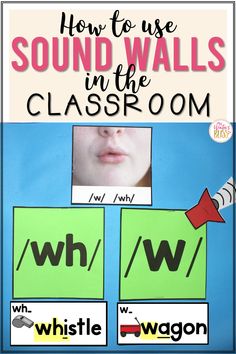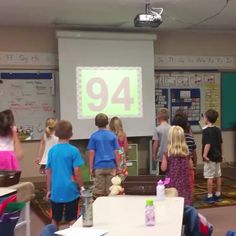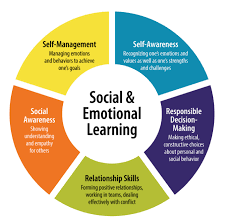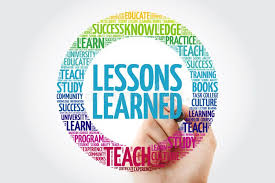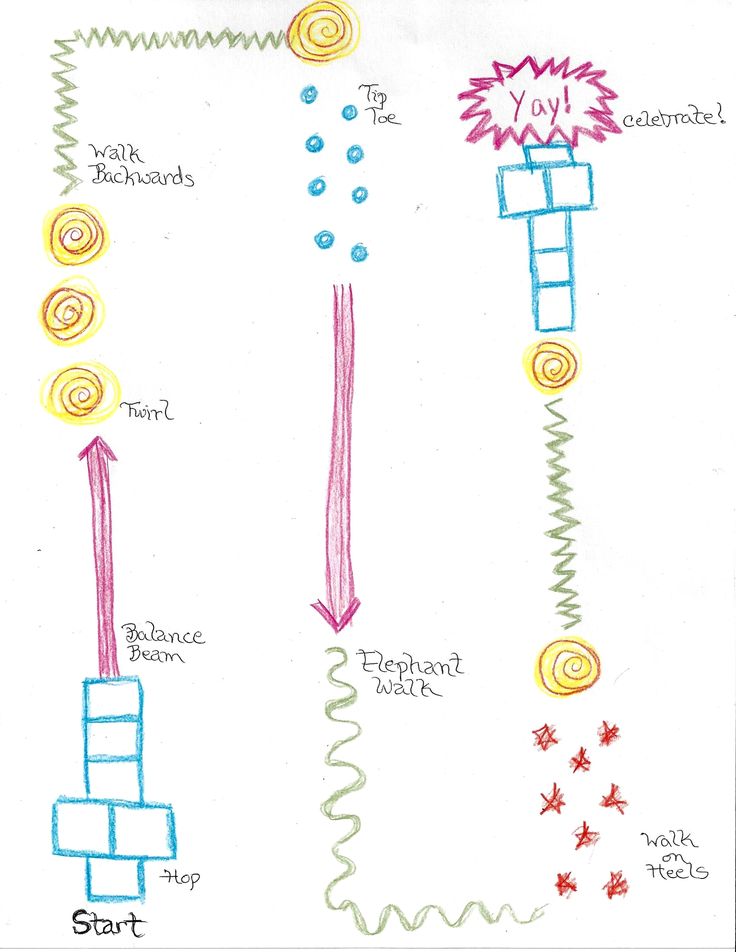Sound buttons are innovative educational tools that are increasingly being used by teachers all around the world. They are small, interactive devices that play pre-recorded sounds when pressed. Traditionally, these buttons are bright and colorful, designed to capture the attention and interest of students, particularly those in early education settings.
The effectiveness of sound buttons in education stems from their ability to provide auditory stimuli, which can reinforce learning in a fun and engaging way. When used effectively, sound buttons can help children associate sounds with objects, words, or concepts—aiding in the development of language skills and phonemic awareness.
One common use of sound buttons is in literacy education. Teachers can record phonemes, words or sentences on these buttons to help children recognize sound patterns and build vocabulary. For instance, during a reading lesson, a child might press a button with a picture of a cat on it and hear the word “cat” pronounced clearly. This reinforces the connection between the visual representation (the picture) and the auditory representation (the spoken word).
In addition to aiding language acquisition, sound buttons can also be employed across various subjects to enliven lessons. In science classes, for example, they might be used to play the sounds of different animals or environments to enhance students’ understanding of the natural world.
Furthermore, sound buttons can assist in classroom management. Teachers can use them to signal transitions between activities or as part of a positive behavior reinforcement system— rewarding students with the opportunity to press a sound button for good work or behavior.
For teachers considering integrating sound buttons into their classrooms, here are some points to consider:
1.Selection of Content: Decide what sounds will be most beneficial for your class. This might include phonemes for younger students or vocabulary words for language learners.
2.Engagement: Sound buttons should be added as part of an activity that engages multiple senses – visual, auditory, and kinesthetic – to maximize learning.
3.Accessibility: Ensure that all students have equal opportunities to interact with the sound buttons.
4.Variety: Keep refreshing the sounds you use to maintain student interest and cater to different learning themes or topics.
5.Integration: Seamlessly integrate sound buttons within existing lesson plans rather than using them as standalone elements.
In conclusion, sound buttons offer teachers a versatile and engaging tool for enhancing auditory learning experiences across curricula. By strategically incorporating these interactive devices into educational activities, educators can stimulate student interest and foster deeper content retention.
